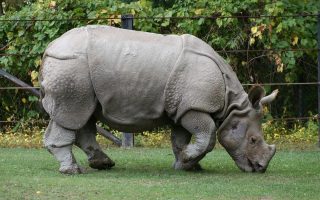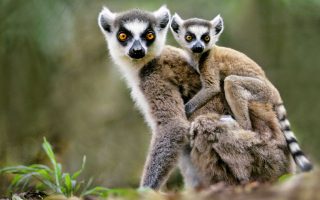lareddepathways.com – The jaguar, a symbol of power and stealth, is one of the most formidable predators in the Americas. With its muscular build, powerful jaws, and distinctive rosette pattern, this big cat is a master of the hunt. In this article, we will delve into the mysterious world of the jaguar, exploring its hunting techniques, habitat, and the challenges it faces in the wild.
The Anatomy of a Hunter
Jaguars are the largest cats in the Americas, with males weighing up to 150 kilograms. Their robust bodies are built for strength, with powerful legs and a broad head that houses large, sharp teeth. This anatomy makes them capable of taking down prey much larger than themselves, including capybaras, caimans, and even anacondas.
Hunting Techniques
Jaguars are solitary hunters, relying on stealth and strength to ambush their prey. They have keen senses of hearing and smell, allowing them to track their targets through dense forests and across rivers. A jaguar will often wait patiently for the right moment to pounce, using its powerful jaws to deliver a fatal bite to the prey’s neck or skull.
Habitat and Distribution
Jaguars inhabit a variety of environments, from the dense rainforests of the Amazon to the arid scrublands of Mexico. They are adaptable creatures, but their habitat is under threat from deforestation, agricultural expansion, and human encroachment. This has led to a decline in their population and range.
Conservation Challenges
The jaguar faces numerous threats, including habitat destruction, poaching, and conflicts with humans. As their natural prey becomes scarce due to habitat loss, jaguars may turn to livestock, leading to retaliatory killings by farmers. Additionally, the illegal wildlife trade poses a significant risk, as jaguars are hunted for their skins and other body parts.
Conservation Efforts
Conservationists are working to protect jaguars through habitat preservation, anti-poaching measures, and community-based conservation programs. These efforts aim to mitigate conflicts with humans, ensure the survival of jaguar populations, and connect fragmented habitats to allow for safe movement and gene flow.
Conclusion
The jaguar’s hunt is a testament to the incredible adaptability and power of this mysterious cat. As we continue to learn about their behavior and ecological role, it is crucial that we take action to protect them and their habitats. The survival of the jaguar is not only important for biodiversity but also for the health of the ecosystems they inhabit.




